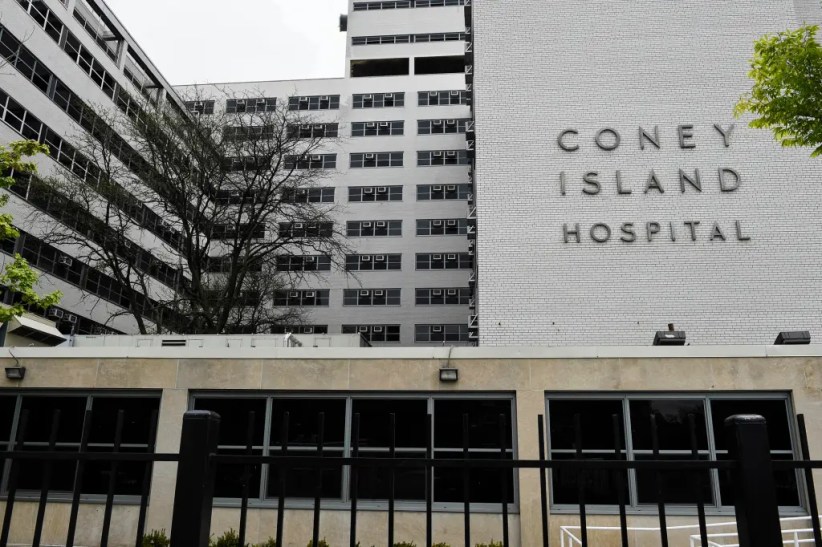The Children’s Hospital of Philadelphia released a report that provides recommendations for design changes to rear passenger seats to improve children’s safety in vehicles.
 A research report released today from The Children’s Hospital of Philadelphia provides specific recommendations for optimizing the rear seat of passenger vehicles to better protect its most common occupants: children and adolescents. By bringing technologies already protecting front seat passengers to the rear seat and modifying the geometry of the rear seat to better fit this age group, the U.S. could achieve important reductions in serious injury and death. Motor vehicle crashes remain the leading cause of death for children older than 4 years and resulted in 952 fatalities in 2010 for children age 15 and younger.
A research report released today from The Children’s Hospital of Philadelphia provides specific recommendations for optimizing the rear seat of passenger vehicles to better protect its most common occupants: children and adolescents. By bringing technologies already protecting front seat passengers to the rear seat and modifying the geometry of the rear seat to better fit this age group, the U.S. could achieve important reductions in serious injury and death. Motor vehicle crashes remain the leading cause of death for children older than 4 years and resulted in 952 fatalities in 2010 for children age 15 and younger.
“Our review of the current science and data regarding rear seat occupant safety found clear evidence that use of a child restraint system is protective for younger children. However, older children who have outgrown child safety seats and booster seats are at greater risk of injury,” says Kristy Arbogast, Ph.D., lead author of the report and director of engineering at the Center for Injury Research and Prevention at CHOP. “Many technologies that protect front seat passengers, such as load limiters and pretensioners, are not commonly found in the rear seat even though sled tests and computer modeling suggest that these seat belt features have the potential to reduce the risk of serious head and chest injury for rear seated occupants.”
In addition to front seat restraints, CHOP researchers suggest that cues can be taken from booster seat design to determine how to keep kids who have outgrown boosters properly positioned in vehicle seat belts so the restraint can perform properly. They propose that adjustments to the geometry of the rear seat, including shorter seat cushions, lower seat belt anchorages, and contoured seats, could increase comfort, keep the shoulder belt in position, and, in side impact crashes, reduce lateral movement.
“For children under age 13, the rear seat is still the safer seating position as compared to the front seat of passenger vehicles,” Dr. Arbogast says. “But we can do a better job at protecting children who have outgrown add-on restraints.”
The report authors recommend the development of regulatory procedures or vehicle performance assessment programs for consumers that evaluate protection of rear seat occupants. Common vehicle rating systems do not evaluate the safety of rear seat occupants in frontal crashes. In addition to engineering solutions, the report also recommends policies and programs to increase rear seat restraint use, which remains lower than front seat restraint use and is a key risk factor for dying in a crash. Additional research is needed to further inform these priorities.
To download the full report, made possible with support from Global Automakers, and additional materials including a one-page overview of CIRP’s recommendations and an infographic, visit injury.research.chop.edu.
The Center for Injury Research and Prevention at The Children’s Hospital of Philadelphia was established in 1998 to advance the safety and health of children, adolescents, and young adults through comprehensive research that encompasses before-the-injury prevention to after-the-injury healing. The Center’s multidisciplinary research team, with expertise in Behavioral Sciences; Medicine; Engineering, Epidemiology and Biostatistics; Human Factors; Public Health; and Communication, translates rigorous scientific research into practical tools and guidelines for families, professionals, and policymakers to ensure research results extend to the real world.
The Association of Global Automakers represents international motor vehicle manufacturers, original equipment suppliers, and other automotive-related trade associations. We work with industry leaders, legislators, and regulators to create the kind of public policy that improves vehicle safety, encourages technological innovation, and protects our planet. Our goal is to foster a competitive environment in which more vehicles are designed and built to enhance Americans’ quality of life.
Also see:
The Top Five Car Safety Features
Avoiding Whiplash: Have You Adjusted Your Car’s Head Restraints Lately?





















